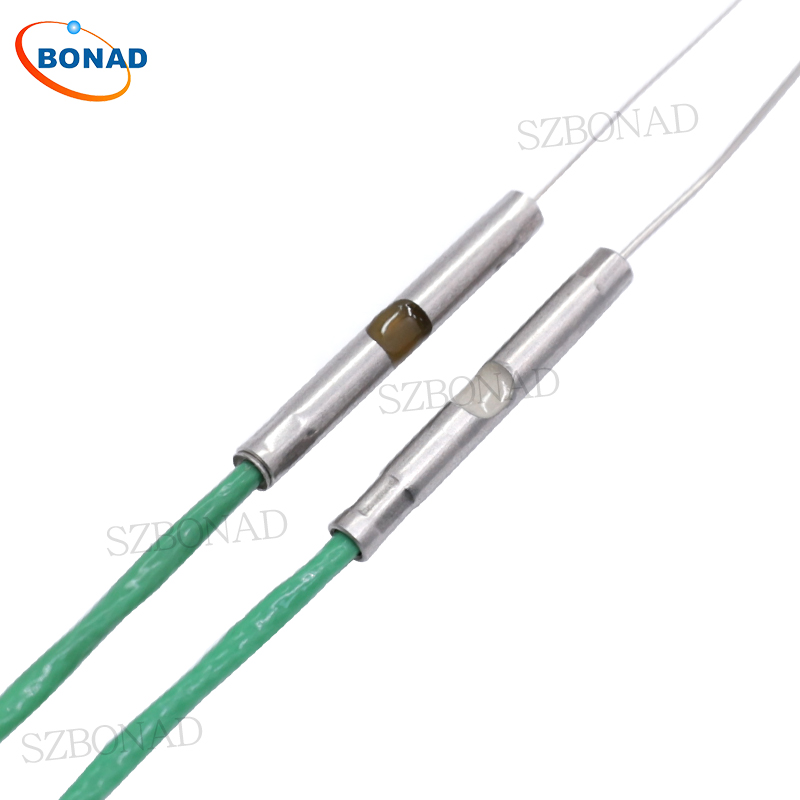What is the difference between J-type thermocouple and K-type thermocouple?|BONAD
The J-type thermocouple and K-type thermocouple are two different types of thermocouples commonly used in temperature measurement. Here are the main differences between them:
Temperature Range: The J-type thermocouple has a temperature range of approximately -210°C to 1200°C (-346°F to 2192°F). On the other hand, the K-type thermocouple has a wider temperature range of approximately -200°C to 1372°C (-328°F to 2502°F).
Composition: The J-type thermocouple is composed of an iron positive electrode (Fe) and a constantan negative electrode (Cu-Ni alloy). In contrast, the K-type thermocouple is composed of a chromel positive electrode (Ni-Cr alloy) and an alumel negative electrode (Ni-Al alloy).
Sensitivity: The J-type thermocouple has a lower sensitivity compared to the K-type thermocouple. This means that for the same change in temperature, the voltage output of the J-type thermocouple will be smaller than that of the K-type thermocouple.
Accuracy: The accuracy of both types of thermocouples can vary depending on various factors such as manufacturing quality and calibration. However, generally speaking, the K-type thermocouple tends to have better accuracy compared to the J-type thermocouple.
Applications: Due to its narrower temperature range and lower sensitivity, the J-type thermocouple is often used in lower-temperature applications such as food processing, ovens, and some industrial processes. The K-type thermocouple, with its wider temperature range and higher sensitivity, is more commonly used in various industrial applications including HVAC systems, automotive industry, and scientific research.
It's important to note that when selecting a thermocouple for a specific application, factors such as temperature range, accuracy requirements, environmental conditions, and cost should be considered to ensure accurate and reliable temperature measurement.

|

